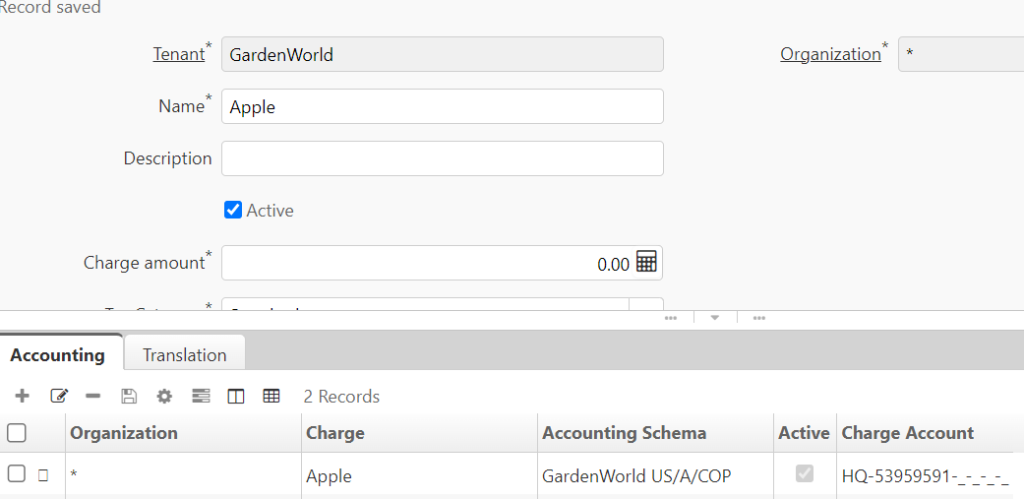A Charge is a term that captures various expenses, fees and/or financial transactions within the organization. Charges are normally associated with specific accounts from a general ledger. Some examples of Charges are:
- Sales Order Charges – you can create charges to capture shipping fees, handling fees and/or sales taxes.
- Purchase Order Charges – you can create charges for custom duties and import taxes.
Charges can be configured to a term that may be more familiar to non-financial staff. These terms allow technical accounting jargon to be hidden from users. I like this ability to hide account elements from end users. This can avoid the complexity of understanding a financial technical term such as “Prepaid Taxes”, “Miscellaneous Expense” or “Accrued Expense”.
Morever, Charges can also be used to identify different user expenses that are used for one general ledger account. For example, “Miscellaneous Expense” can be associated with different things for different users. It can be “Apple” for one and “Oranges” for another. We can create these two different charges to point to “Miscellaneous Expense ” and tell specific users to use each one accordingly. For non accountants like me, it is a lot less intimidating to deal with “Apples” and “Oranges” rather than the term “Miscellaneous Expense”.

To learn more about charges see: https://wiki.idempiere.org/en/Charge_(Window_ID-161).
I’ve been using iDempiere for a considerable amount of time and have now fully embraced Open Source iDempiere ERP as a modern, robust and a comparable alternative to other proprietary and Open Source ERPs in its tier. I believe it gives many small and medium size businesses the flexibility and opportunity to obtain a world-class ERP at a fraction of the cost of other ERPs.
